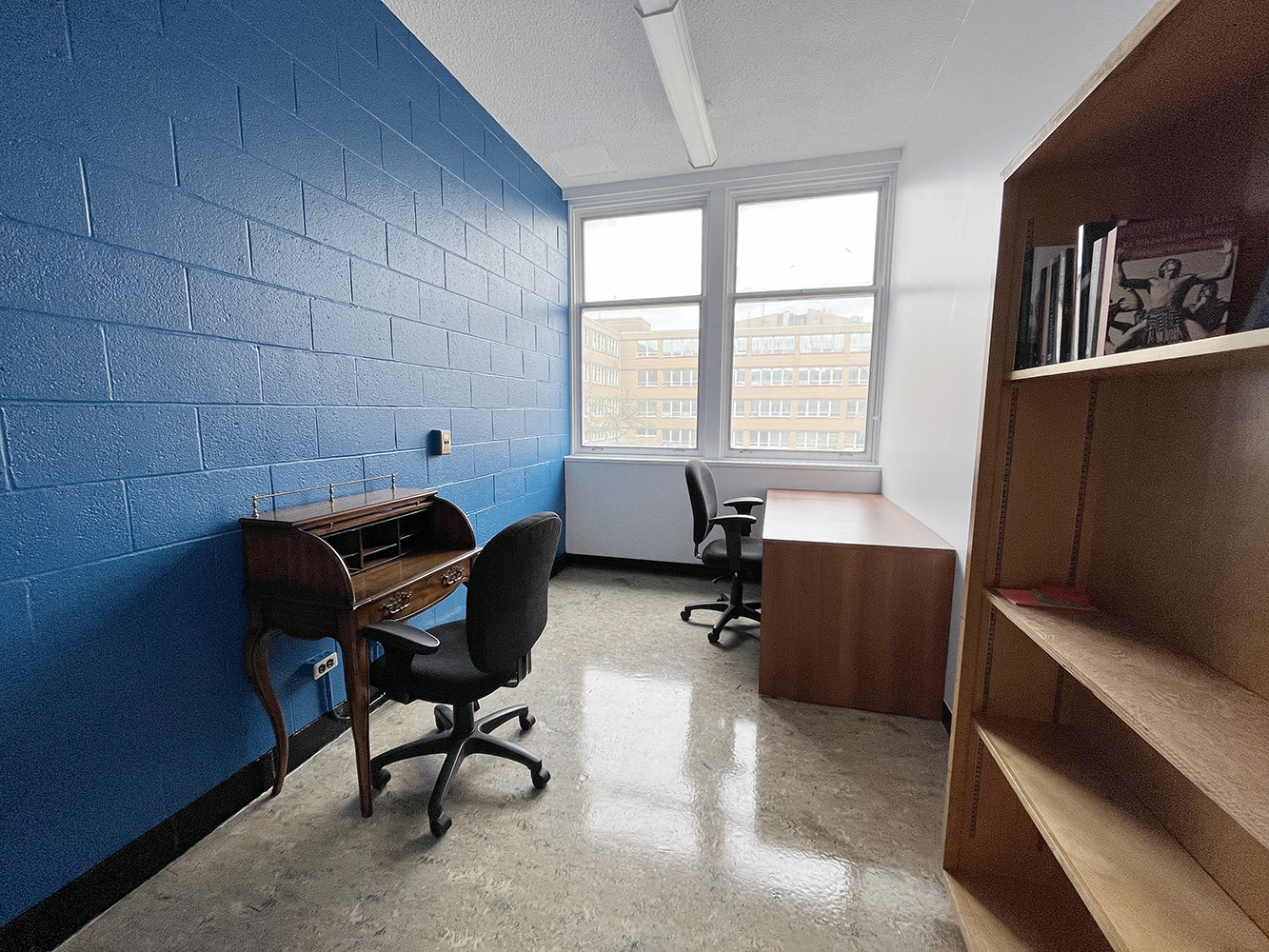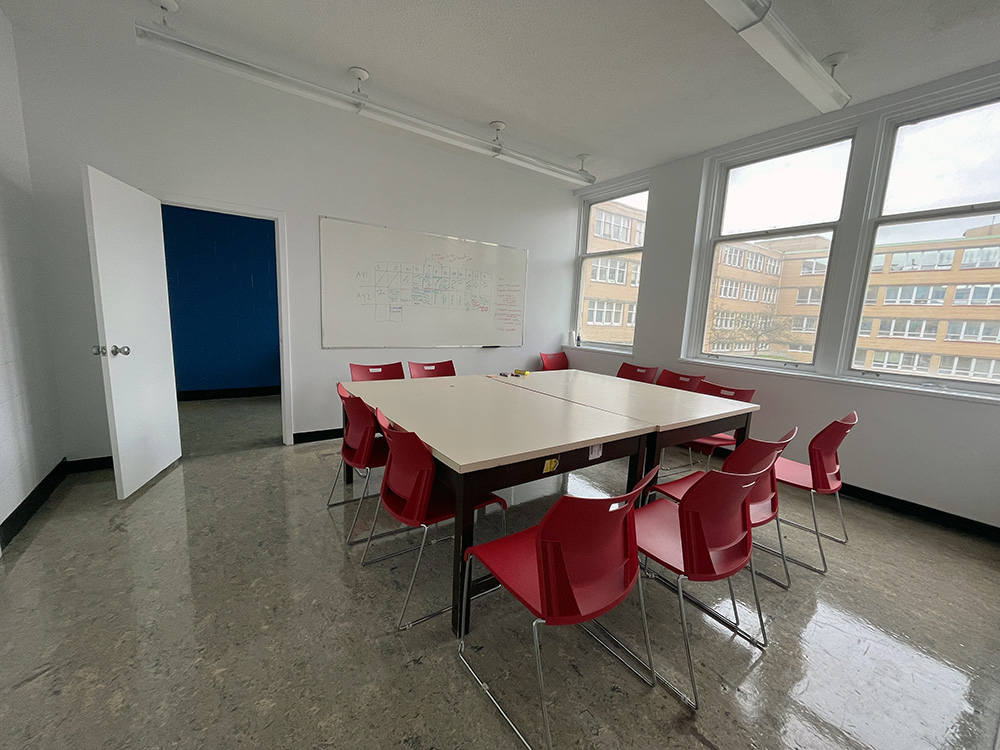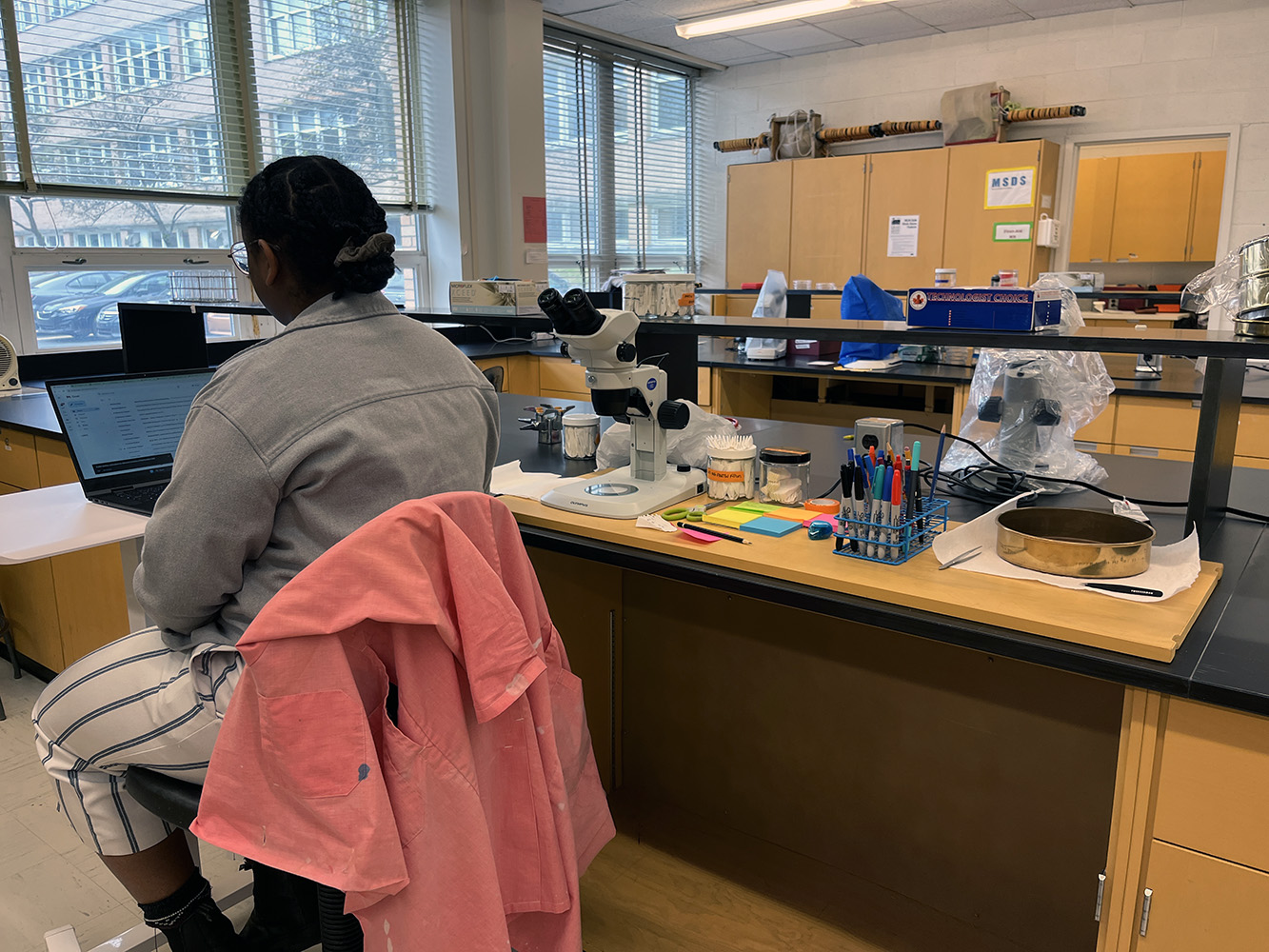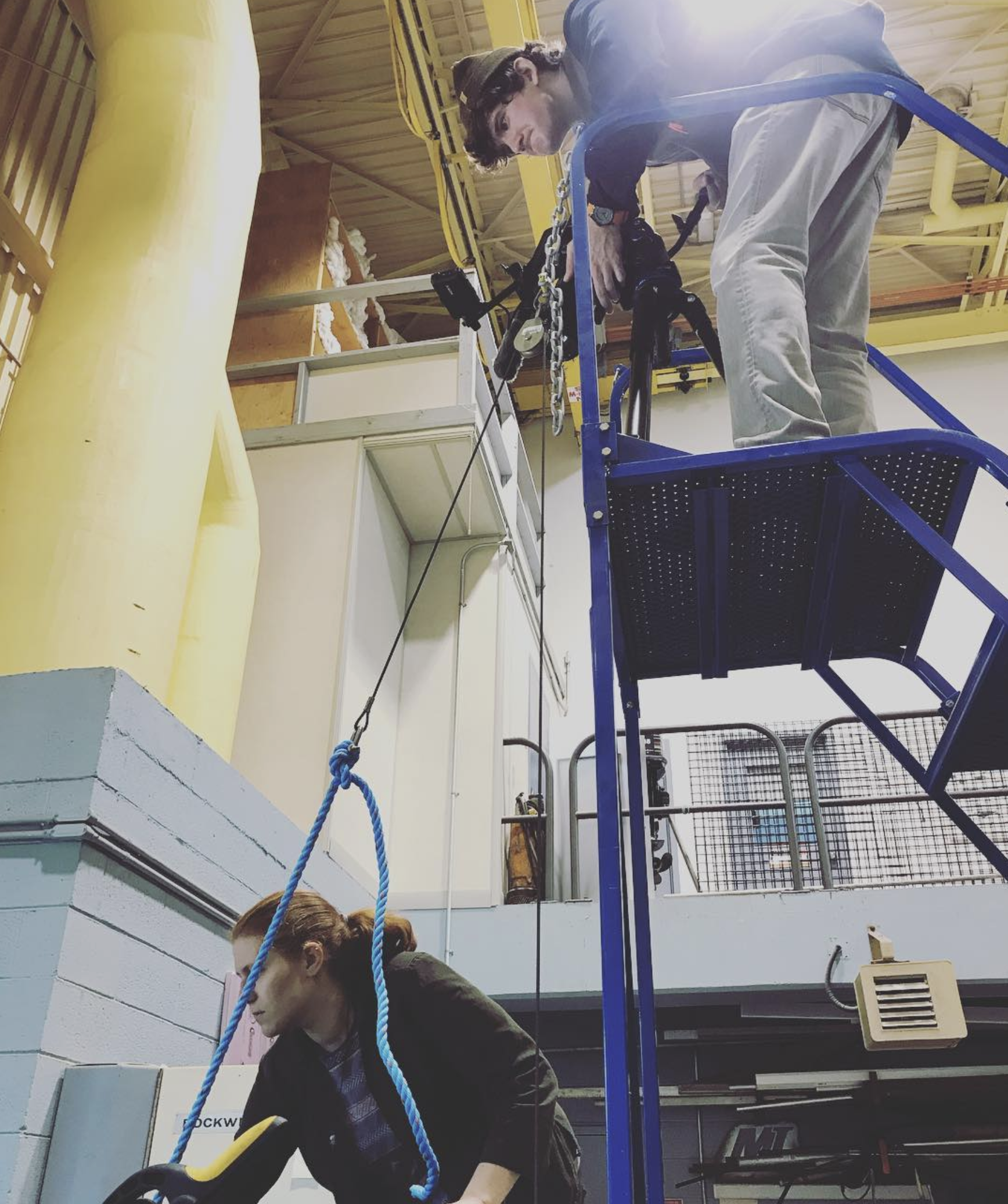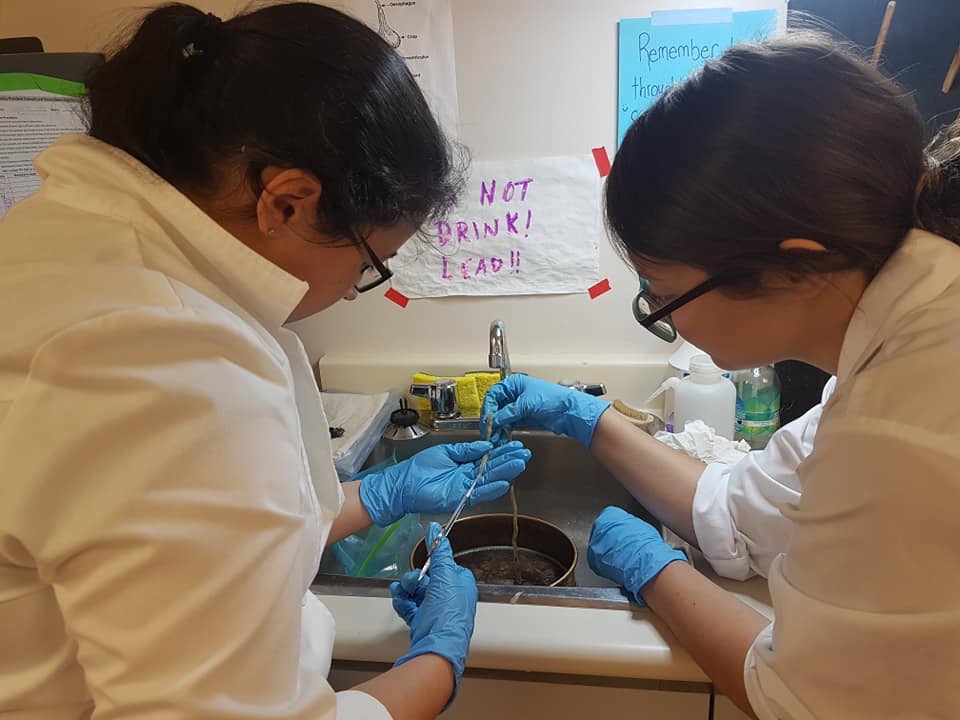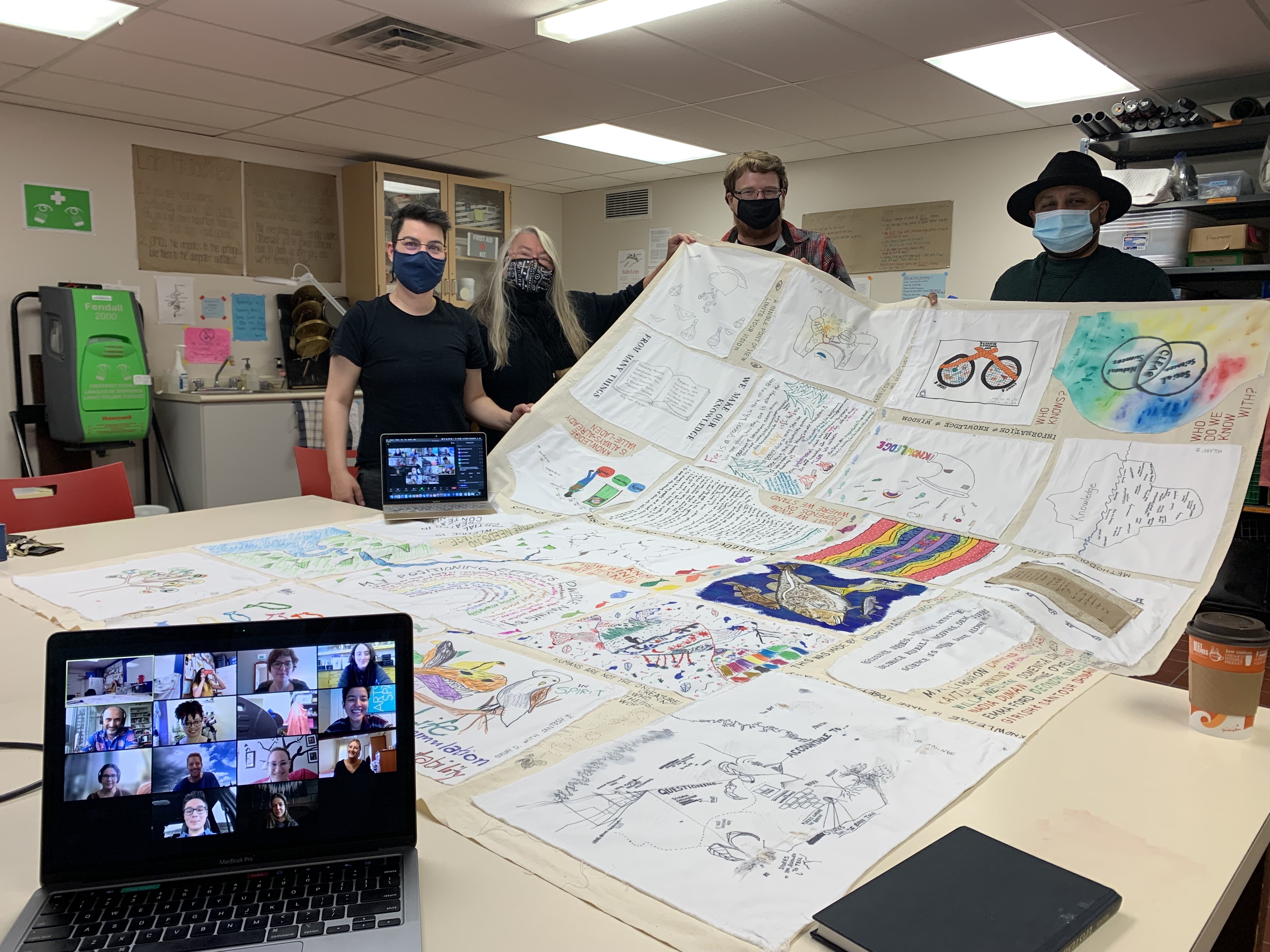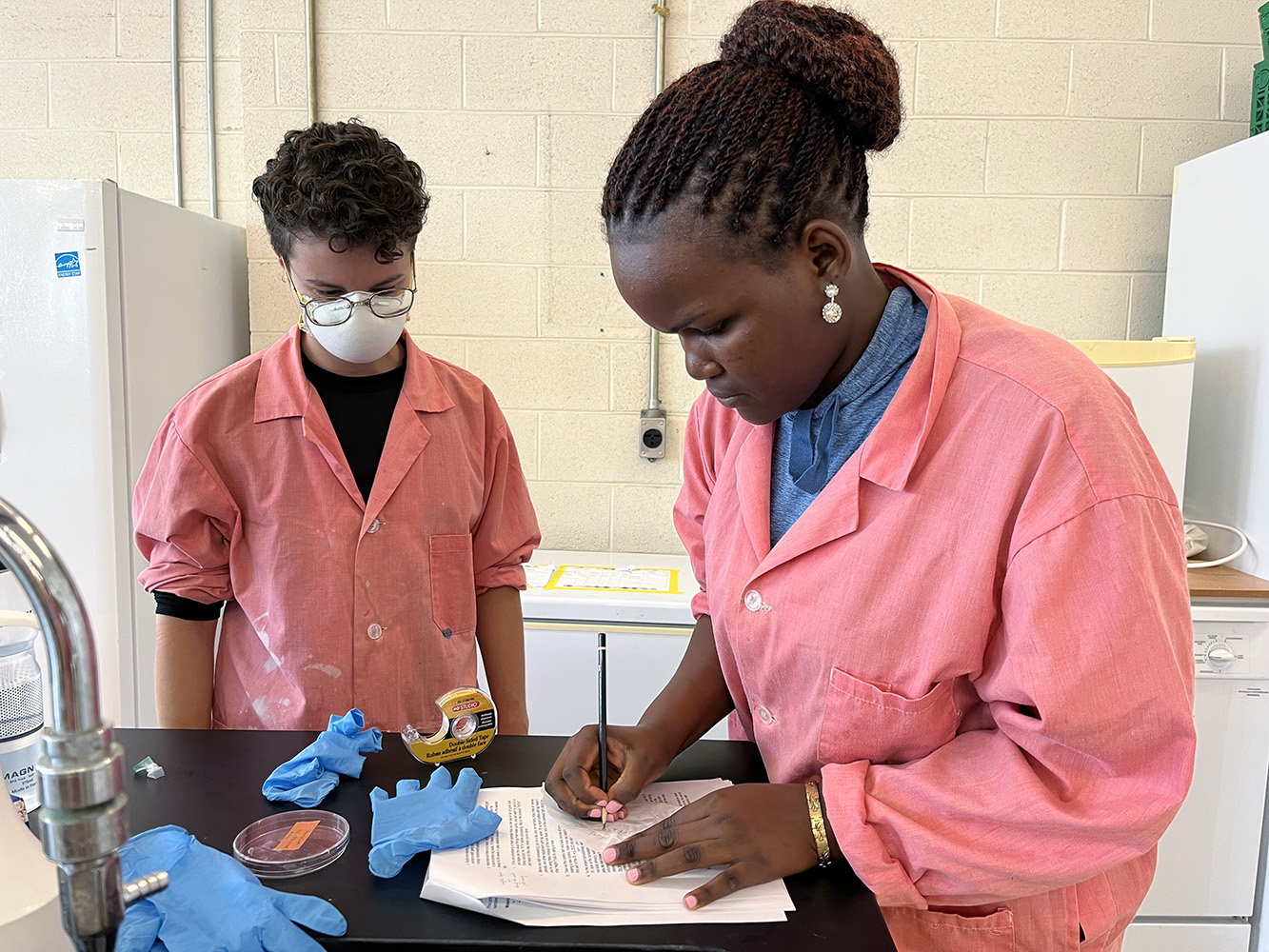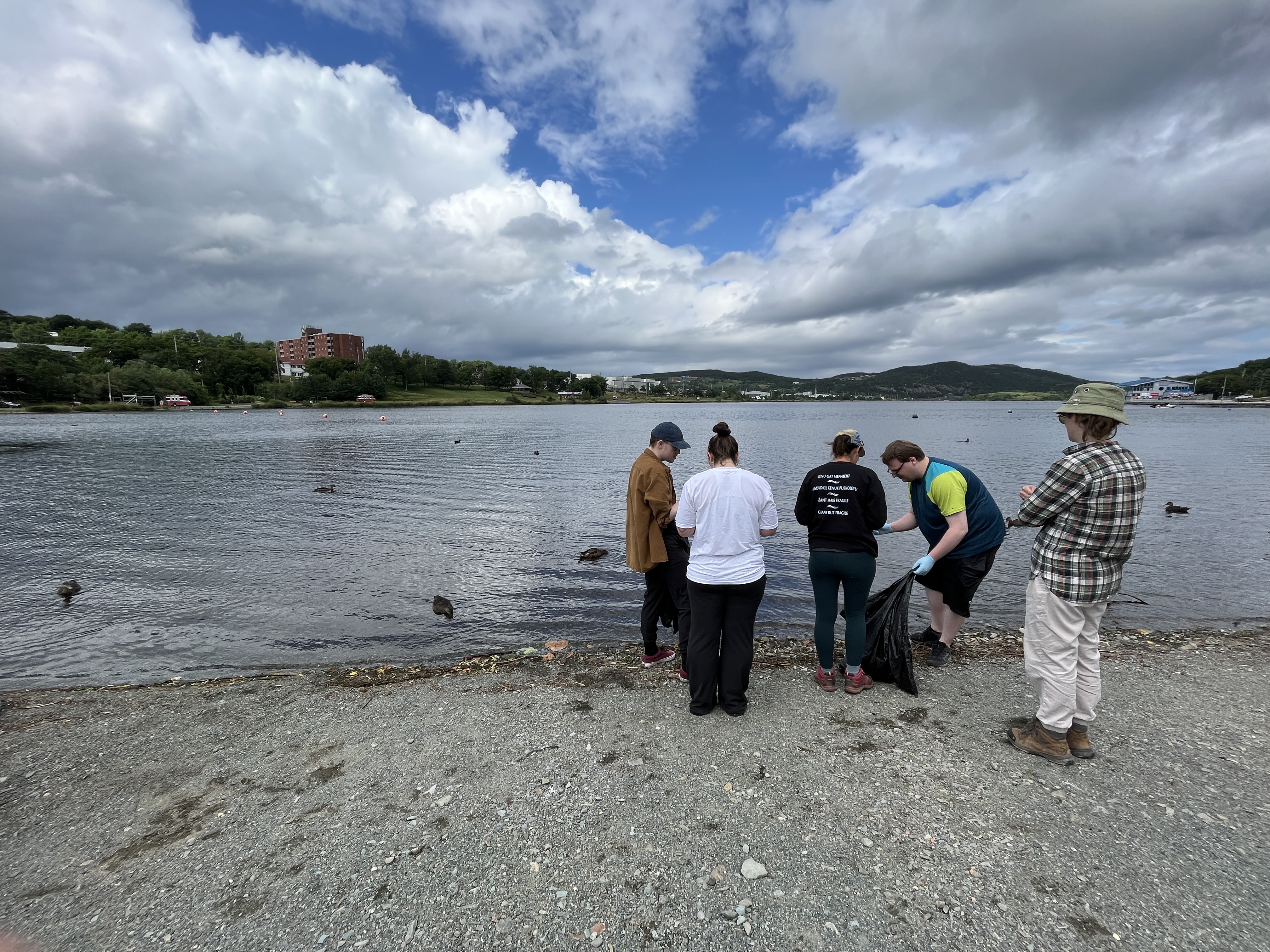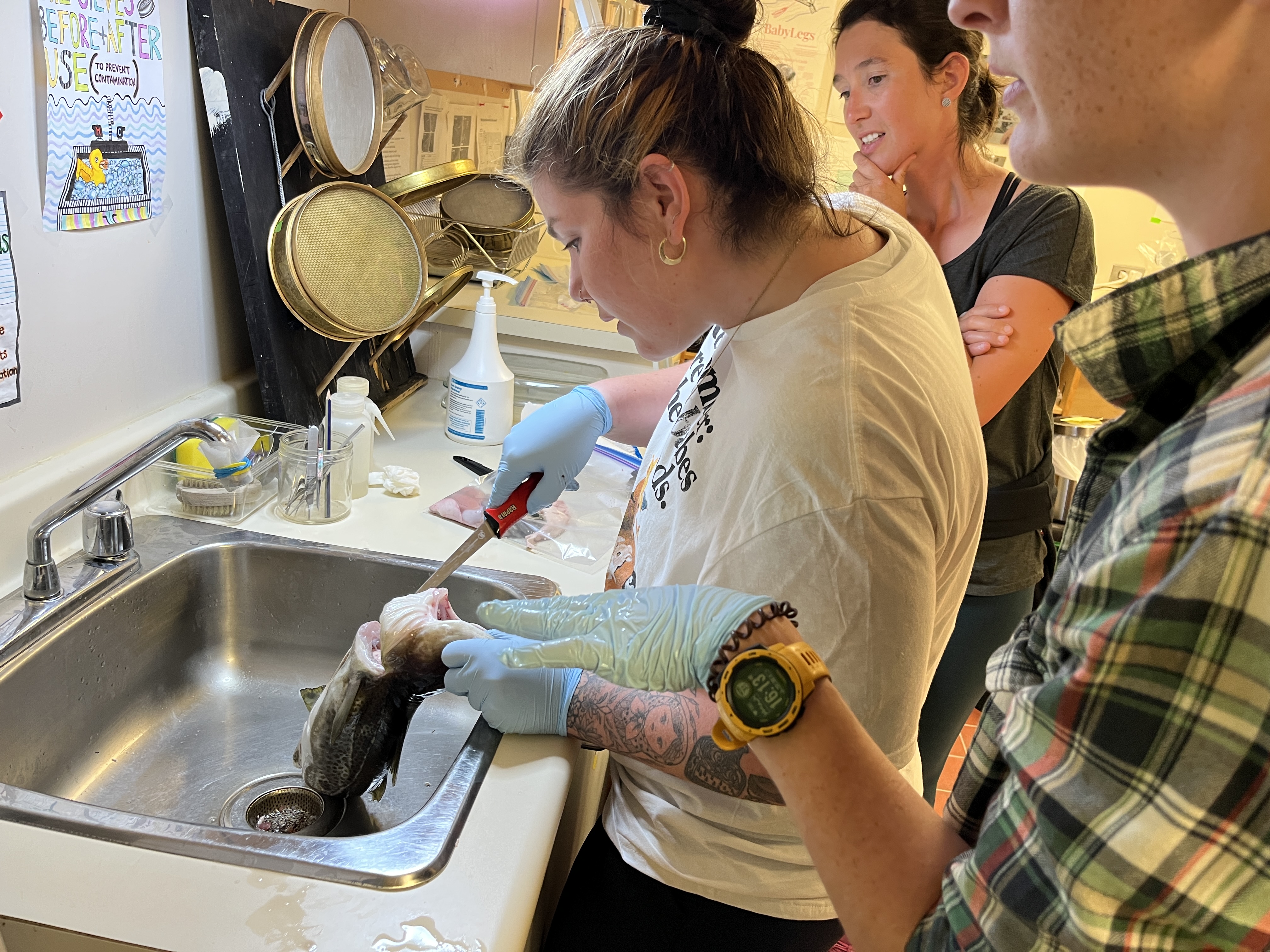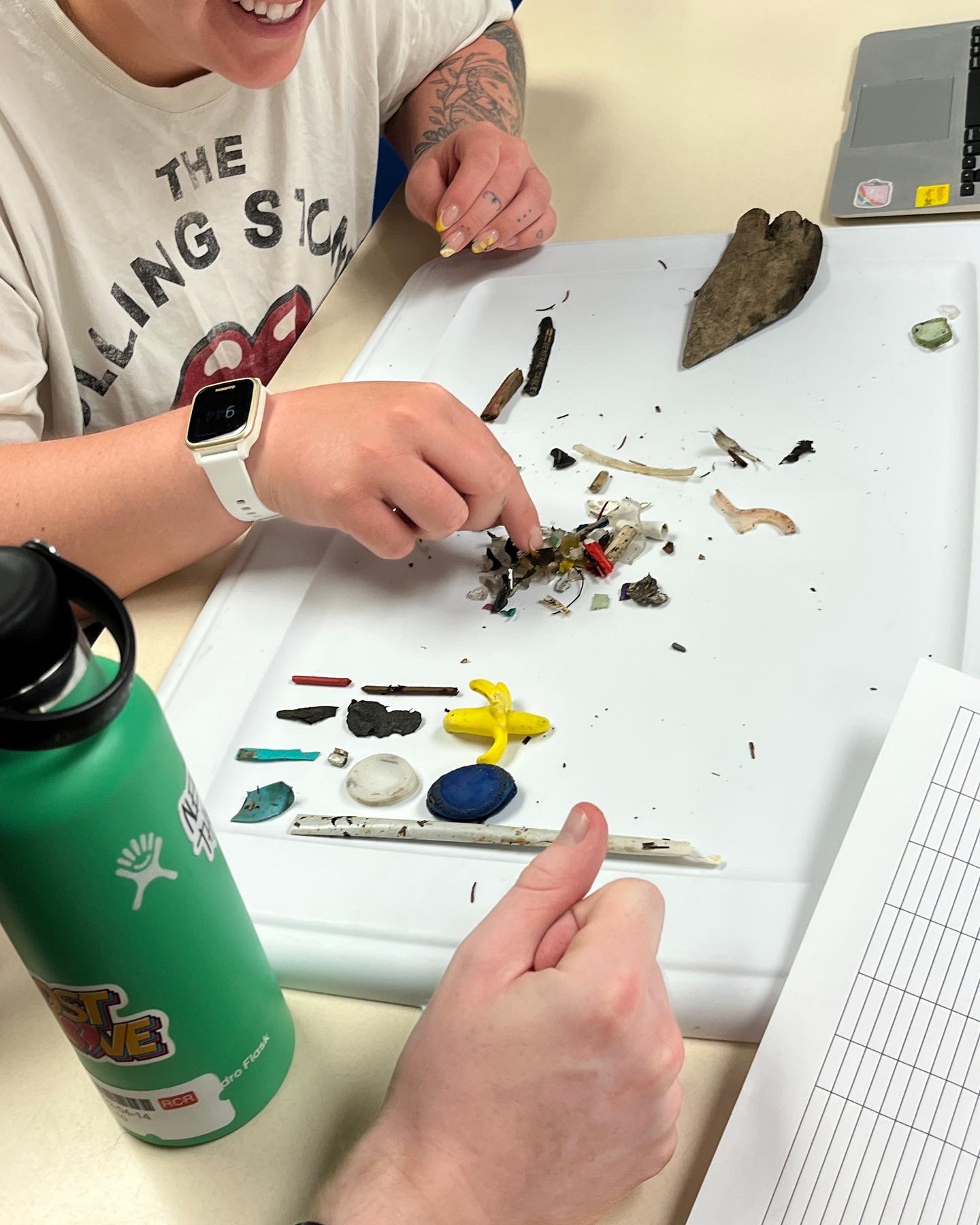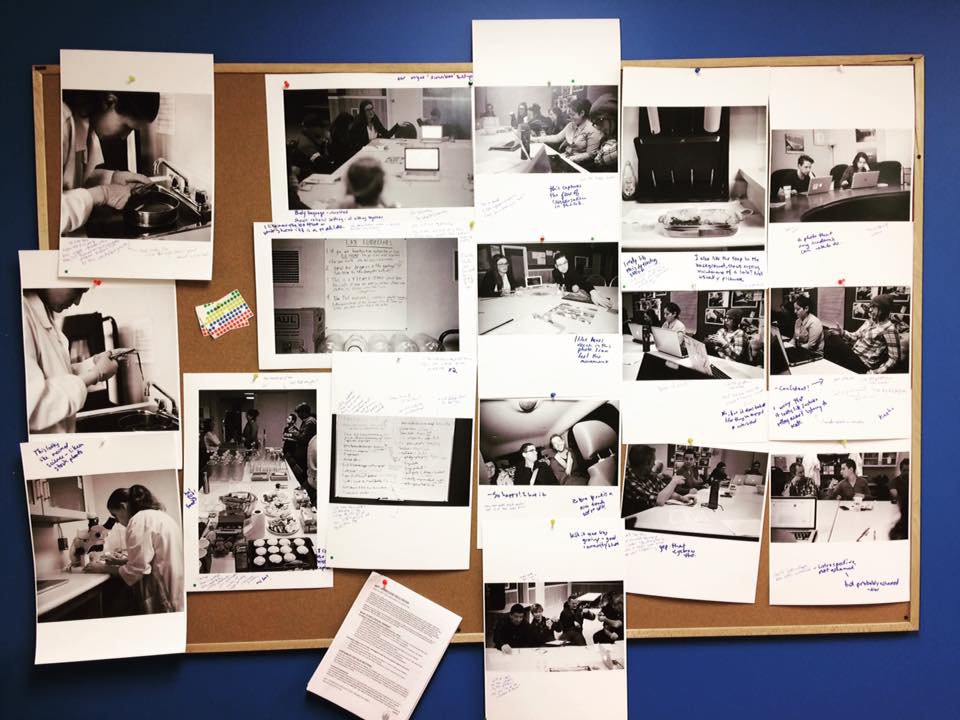Table of Contents
We often have requests to join the CLEAR lab as a visitor or guest for extended periods of time (weeks, months). As a training lab, we welcome people’s interest in joining our lab community temporarily. Some of the reasons people seek a temporary position at CLEAR include:
- Gaining skills and protocol training in plastic pollution research methods, mainly lab-based visual identification of plastics in wild food and surface water;
- Gaining skills and protocol training in anticolonial and justice-based research methods such as community peer review, participatory statistics, consensus-based decision making, anti-oppressive facilitation, and citational politics;
- A site for conducting research, filmmaking, or art making on doing science differently or scientific collectivity;
- Lab exchanges with other members of the IndigeLab Network or Indigenous-run labs worldwide; and
- A safer space to work on a project related closely to CLEAR’s values, methodologies, or working groups.
Our lab methods and culture are based on humility, accountability, collectivity, and good land relations. CLEAR includes a high number of 2SLGBTQIA+, non-gender conforming, Indigenous (mainly Inuit and Métis), and international members. An application to CLEAR is an application to join this lab community and a dedication to working towards humility and accountability in the CLEAR collective. These values and skills are the most important consideration when we look at proposals for hosting long-term guests. Since we are a lab collective, the decision to host long-term guests is a collective decision by the entire lab.
We highly recommend becoming familiar with CLEAR’s values and how those values play out in our day-to-day operations. Our introduction to anticolonial science, lab book, and videos about the lab are good sources.
The Process
Introduction:
First, email Dr. Max Liboiron with a short introduction about your interest in being hosted at CLEAR. Your introduction should include an introduction to who you are, what you want to do in the lab, and roughly when and for how long. If things seem fine at first blush and we have the capacity to host, Dr. Liboiron will ask you for a proposal.
The Proposal:
We ask people to write a short proposal of what they want to do with CLEAR. Dr. Liboiron vets proposals first, and if they think the proposal fits with the existing lab culture, capacities, and our values, the lab meets to discuss the proposal as a group.
Proposals should address the following elements:
- Who are you? What are your existing land relations and how do you anticipate those relations and other aspects of your positionality influencing or guiding your work here? (aka a positionality statement or relations introduction)
- What spirit are you coming in? Are you proposing reciprocity, even if you are getting more than you plan to leave behind? How are you respecting existing CLEAR projects and commitments with your proposal?
- What do you expect your day-to-day activities to look like here? What are you hoping to do with most of your time here? Do you anticipate having an office? A station in the wet lab? What resources (including staff time, dedicated lab meetings to your project, materials or equipment) will you require?
- How does your time with CLEAR/project at CLEAR align with our values of humility, accountability, and collectivity, as well as good land relations? What kind of skills and experiences do you have working in these ways?
Most proposals we receive are two or sometimes three pages. They should be accessible to all members of CLEAR, which includes highschool students and undergraduates in both the natural and social sciences so please avoid or explain jargon.
Examples of proposals:
- An Example of a proposal to use CLEAR as a research site in a dissertation by Christina Crespo. You can also see the collective consent form she created for her research project here.
- An example of a proposal to “hang out” at CLEAR from Georgia McLellan, who was conducting closely aligned research on Indigenous economics and marine kin. Both of these proposals are shared with permission.
The Decision Meeting:
CLEAR uses a consensus decision-making model to decide whether to host someone, since the entire lab is part of hosting. Lab members read the proposal, and then we meet together to discuss it. We do a round-robin where everyone expresses their initial thoughts about the proposal, and Dr. Liboiron facilitates a group decision based on these ideas.
Here are the things we tend to look for and talk about:
- Is it clear what the applicant wants to do in the lab? Do we get a sense of what our daily encounters with them will be like? Do we know what they need and can we provide that?
- Is the applicant aware of some of CLEAR’s existing processes and values, and does it seem like they can readily participate in those processes and values as guests? People don’t have to be experts in what we do, so we’re looking for existing signs of humility, accountability, and collectivity in the application.
- Is the applicant able to participate in our safer space for queer, non-binary, BIPOC, and international lab members?
- If the applicant is gaining skills, data, or materials from the lab, are considerations like reciprocity, co-design, attribution, and other types of ethics accounted for?
Dr. Liboiron communicates any questions and/or the final decision back to applicants. Sometimes applicants are invited to meet with the lab during a lab meeting.
Hosting
Unless we are doing concentrated lab training for staff, guest members are usually full members of the lab and undergo onboarding (familiarization with the lab culture and how we work). They join us for weekly lab meetings, contribute to consensus-based decision-making, and can join some of the lab’s working groups. We can see about working out special arrangements if guests require extended technical training, the use of materials, and other resources that require funding. CLEAR can offer shared office space, meeting rooms, an artist’s studio/project space, and of course the wet lab. Some of our guests have joined the lab virtually, and some have joined in person.
Some of the people and projects we’ve hosted include:
- Couple3 Film members Noah Hutton and Taylor Hess created a mini-documentary GUTS about the lab (2019). They also developed a participatory filmmaking protocol with us. We went on to do several other funded projects together (Laboratory Life film series, funded by MEOPAR)
- Coco Coyle, an undergraduate student in engineering who sought to work with us for a summer developing and testing the LADI trawl, now one of our core plastic pollution research tools.
- Dr. Iwalaye (Ayo) Oladimeji, who joined the lab after we applied for funding together so she could learn more about community-based and community-accessible plastic pollution methods. She is co-author on a paper with us from that work.
- Several early and mid career Indigenous and BIPOC postdocs/faculty members, who joined the lab to learn the way we build lab collectives with an eye to developing their own labs at new institutions.
- Artists-in-residence who created projects collaboratively with CLEAR members, including Mukhtara Yusuf, Emily Roehl (workbook on colonialism, mapping, and oil), Prakash Krishnan (collective listening soundscapes), and Pam Hall (Knowledge quilt).
- Georgia McLellan, a PhD candidate who shared her knowledge of Indigenous methodologies from work while learning about our approaches in a casual, reciprocal exchange.
- Staff, technicians, and researchers from Indigenous governments or environmental organizations who want to learn specific skills or protocols related to plastic pollution research so they can carry out studies in their homelands.
